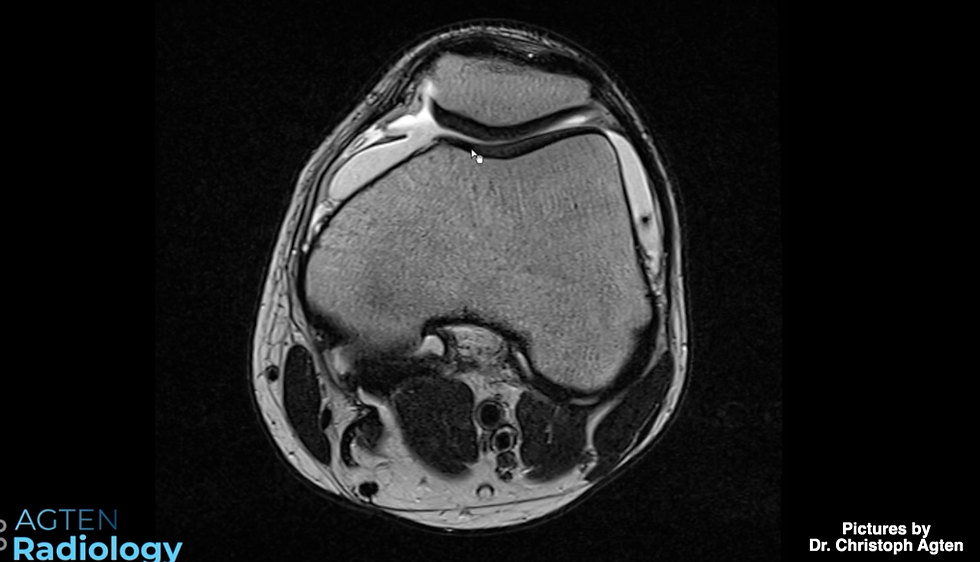Introduction
- fursiyah7

- Oct 16, 2021
- 4 min read
Updated: Dec 18, 2021
This task I'm undertaking will be my final year major multimedia project, focusing on a specific topic of interest with a journalistic approach. For this project, we were given a lot of flexibility on what we could choose, so initially, I had trouble deciding what my topic could be. I knew I wanted it to be personal and have some kind of relation to me; whether that be of my life, passions, interests or experiences.
After several days of deep thinking, I decided to base my project on the one thing that has brought me the most hardship and worry in my life. My Trochlear dysplasia diagnosis and condition.
It would only be right to start at the very beginning by telling my story.
My story

My name is Fursiyah Mustafa and I am 21 years old. As a young girl, I was very active, participating in extra-curricular activities such as dance, swimming, ballet and almost every school sports day. On one sports day, I had signed up for a relay race - it was my favourite activity. I began to run and once approaching the finish line, I had collapsed on the floor. My initial thought was I had tripped over something or perhaps the ground was uneven and had made me fall. When collapsing, I felt my left knee completely move out of place, almost as if I had lost my knee cap! The immense amount of pain I felt was excruciating and unbearable. Within moments later, my left knee had become very swollen and red and I was unable to move at all - it was stiff, inflamed and very painful.
After 3 days I had slightly recovered and my knee returned to normal, for it to then dislocate again and again a couple of days later. This incident kept repeating itself until it happened so badly that my kneecap was almost stuck out of position and I was unable to move it.
Within the 3 years of constantly visiting A&E from re-current dislocations, I was told by doctors that this could be a part of my "adolescence development". After finally having undergone an MRI and X-ray scan, it revealed that my left patella was a different shape to my right. MRI scans showed that the left patella's alignment was not in my place with the trochlear groove as opposed to my right 'normal' knee. I had an unstable kneecap that was prone to patella dislocations. From then, I was diagnosed with left-knee Trochlear dysplasia at 16 years old.
Overview of Trochlear dysplasia
Trochlear dysplasia is a condition where the trochlear groove of the knee is abnormally shaped, causing the patella (kneecap) to slip out of the groove or dislocate as it cannot sit comfortably in the groove.
The trochlear groove is where your patella sits, it also glides allowing you to bend and straighten your leg. When the knee is bent, the undersurface of the kneecap is called the trochlear. A trochlear groove that appears to be completely flat or shallow is defined as Trochlear dysplasia, which is also a deformity and an abnormality. With this, the trochlear is not shaped properly and does not have the normal bone constraints to provide stability.
Having a shallow trochlear groove can cause the patella to easily and repetitively dislocate as nothing is holding the patella in place. This is also known as recurrent dislocations which is an indicator of patellofemoral instability.
Once a person has experienced a dislocation, the likelihood of experiencing another is high and this continues as a repetitive cycle.
Why I chose this topic
Having lived with Trochlear dysplasia for 6 years of my life, I have always had questions. Why do I have this condition? How has it come about? Have I physically brought trauma to my knee for it to be this way? Is it more likely to appear in people who are active or was I born this way?
After researching my condition, I had also found out that there were many other people just like me who were experiencing the same thing. Most significantly, they were inclined to know the same answers to similar questions they also had. I knew this would be an interesting journey if I chose this subject, so I went with my instinct.
I already knew the basics of what it was, how it occurs, what treatments are available, how to try to prevent dislocation and how to recover from one. However, whilst extensively researching, I had discovered that there was a trend in young women being at greater risk of patella dislocation and that Trochlear dysplasia was predominantly prevalent in young, active females. With further reading, I found that causative factors were missing, differences within the anatomy of males and females that result in more women having patella dislocations, and that the anatomical risk factors between men and women were less explained. I was particularly intrigued with the fact that it predominantly occurs in females and I was eager to find out why.
Along this journey, I intend to speak to a variety of people such as two or three women who have Trochlear dysplasia, a knee specialist or an orthopaedic consultant specialising in knees and patellofemoral dysplasia and possibly knee dysplasia support groups.



Comments